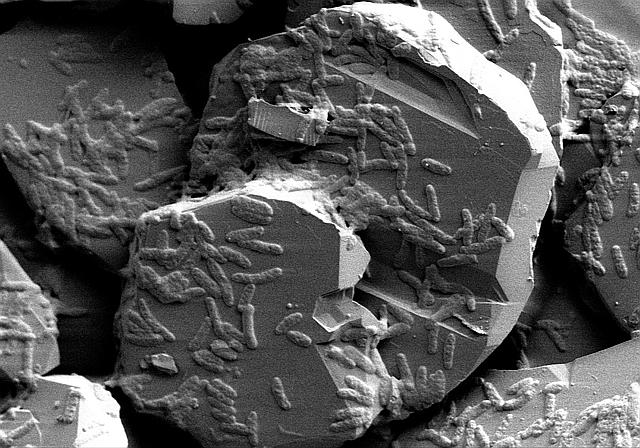Featured Image: Scientist Ceth Parker moving through a passageway within an iron formation cave. Photo courtesy of the University of Akron.
Authors: Ceth W. Parker, John M. Senko, Augusto S. Auler, Ira D. Sasowsky, Frederik Schulz, Tanja Woyke, Hazel A. Barton
Consider this: microscopic creatures literally moving tons of rock before your very eyes. It seems too fantastical, but maybe not if you’re in the Brazilian tropics. In new work, scientists have detailed these stealthy and microscopic processes, naming a new cave generation pathway called exothenic biospeleogenesis, or “behind-wall life-created” caves.
Continue reading “Microscopic Miners: How invisible forces create tropical caves”









